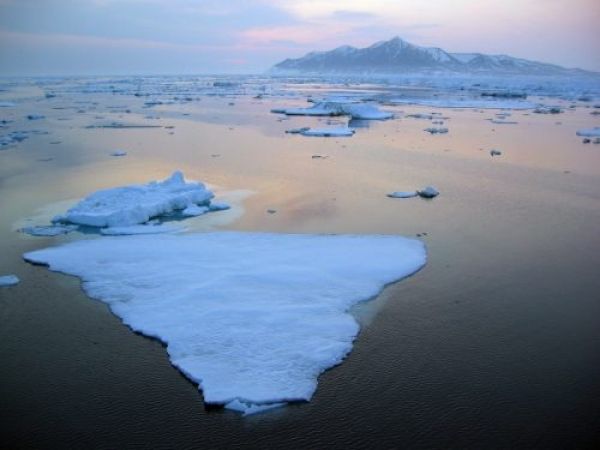“This is an extreme event with immediate and long-lasting repercussions. It’s indicative of very rapid change in the entire northern Bering Sea ecosystem. It has ramifications for everyone in the region,” said lead author Rick Thoman, a climate specialist at the Alaska Center for Climate Assessment and Policy at the University of Alaska Fairbanks.
The interdisciplinary paper, “The Record Lower Bering Sea Ice Extent in 2018: Context, Impacts, and an Assessment of the Role of Anthropogenic Climate Change,” was published by the Bulletin of the American Meteorological Society. It’s part of a collection of 21 studies analyzing extreme weather across five continents and one sea, called “Explaining Extreme Events in 2018 from a Climate Perspective.”
Thoman and the researchers used remote sensing, climate modeling, government and academic studies, local observations, and media and public reports to reach their conclusions. They examined Arctic sea ice extent dating back to 1850 and compared it to their study period, January to April 2018.
Continue reading at University of Alaska Fairbanks
Image via University of Alaska Fairbanks


